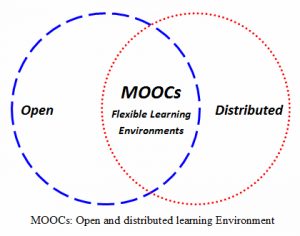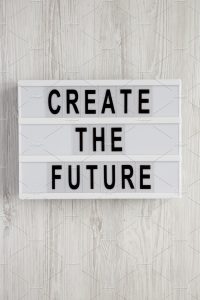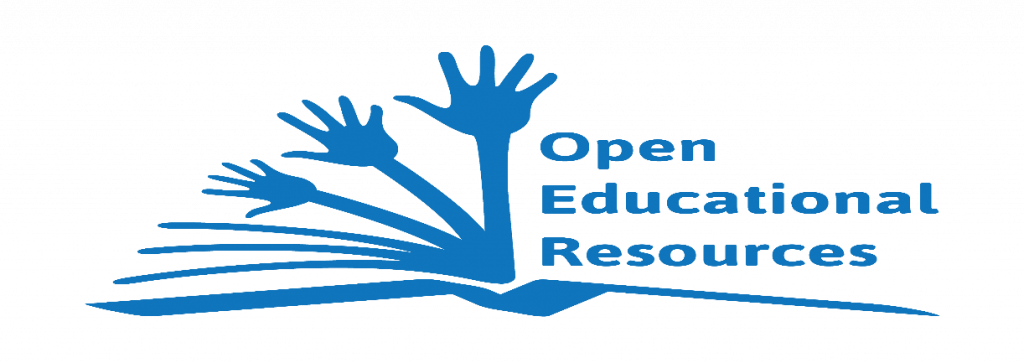Open and distributed learning in 2040
Open and distributed learning is a successful and necessary innovation that can help people who cannot afford school tuition and books to get the same opportunity as other learners and have the platform to enrich their knowledge and life. As more and more people start to accept the concept of open and distributed learning, more and more people are willing to use it and contribute to this community, a community without boundaries and everyone can access and edit it. I believe that open and distributed learning will be the main way for people to get education in the future and there will be a small number of schools that are still opening. Educational platform providers try to “encompass as many user practices as possible, leading to classrooms on platforms rather than platforms in classrooms. Artificial intelligence will increasingly become the engine of education, and student data the fuel” (Selwyn 1).
Today is 23 March, 2040. I am trying to get my second degree, the degree of commerce. I have been learning it for 2 years. At the same time, I am working in an EdTech company. So basically, I do everything at home both work and study. Everything I need to study from lower levels to higher levels is available OER, MOOC and many other large main online education platforms for free. Most people are using the way of open and distributed learning. I click on the commerce tab on a random public educational website which I have been using for over 5 years. All the materials and videos show up and they are all under the common right which is so convenient. There are also professors online who can help learners by appointments. The whole system is almost completely perfect and all should be thankful for the disaster that happened decades ago. 20 years ago, when there was the coronavirus outbreak, the global economies were shaken by the effects of the virus, and the circuit breakers halted US stock trading 3 times in one week which was very surprised, because over the past 31 years, the circuit breakers only halted once and it is in 1997. Most schools, banks, restaurants, and many other stores were closed. I still remember that all of my six courses were canceled and the teachers started to teach online by posting all the materials and videos on coursespace. Also, all the finals were either canceled and replaced by assignments or became an online style final exam which was a new different experience for me. Due to this COVID-19 outbreak, people start to pay more attention to open and distributed learning. The government cuts the budget to “DTUs (distance teaching universities) have further contributed to the decline of part-time demand in some countries. Leaders of open universities should define new potential target groups” (Baron 1). Nowadays, most people do not go to school, students are studying online at home resources are thousands of online platforms that are providing the study materials and resources online either for free or for the need to be paid. In addition, the number of teachers is decreasingly changing due to the emergence of artificial intelligence. In the past, there was only one teacher in a class with 40 to maybe 1000 students. It is impossible for a teacher to answer every student’s questions during one class, but now, people are using artificial intelligence to replace teachers and they can answer learners’ questions at any time. It is like a personal tutor that can teach the learner anything at any time and location where with the network. In 2020, on average, students in the U.S. spend about 600 dollars buying textbooks per year; students in Canada spend about 385 dollars on textbooks per semester which can increase student debt. Now, with AI and open and distributed learning, learners do not need to buy physical copies and there are many free resources are available out there on the internet which will save much money. Open and distributed learning is able to provide an adequate learning environment to satisfy learners’ urge of easily getting access to free, updated resources. In 2040, open and distributed learning has become the mainstream of way for learners to study.
When there is a demand, there also a supply. As the demand for online platforms keeps growing, more supplies will come up which means the business will also expand and grow fast. There was a report predicted about “the most profitable EdTech businesses will most likely emerge from ‘new’ markets such as China and India” (Selwyn 3). In 2040, this prediction has come true. China and India are the first and second largest population countries. Much more people are using online platforms technologies, so the marketing is huge and needs a lot of investments. Right now, China and India’s business of EdTech has taken over 40 percent of the online platform business. People who are investing in this industry are making a really good profit. In addition, the business in China and India is also the top of its industry. With many Chinese and Indian users, China and India are able to make the expensive platforms to the lowest point of price. Also due to this fast-growing industry, many governments have made many regulations in order to protect the public education system. Because many resources are freely shared on many large platforms and many private platforms are stealing them are making a profit from them. The governments also formed an organization which takes reports from reporters to protect other people like, authors, teachers, educators and users’ right and profit creating a civilized and safe online environment.
Everything I mentioned here is aiming to high schools and universities. Open and distributed learning is very successful at a high level of education. Schools like primary schools are still operating. Due to elementary school students’ lack of self-control, they cannot regularly and temperately follow the pace of normal primary schools. They cannot finish the arranged work and assignments on time. But in order to make the completed education cycle from a low level of education to a high level, everyone is trying to come up with a design of platform or application. So far, people are using AI as primary school students’ personal teacher and the test result is going well. AI is also using open resources as its foundation. Parents can select different timetables for their children and the timetable can be changed at any time by parents. Ai is installed on tablets and will punctually supervise to open the app and study the materials the AI delivered. AI will also check on students and see if they are still paying attention to the video or materials by either asking questions or a verification code. There will also be some interesting games that can help students to engage with the content and fully understand the content. In addition, students can ask AI any questions they have and the AI will search the answers from the open sources, then conclude them to answers giving back to students. This system is based on an open and distributed way, the difference is AI is playing the role of researching materials and answers for primary students. The success of this innovation can also prove the usefulness of open and distributed learning. Education in 2040 is not a problem for anyone. Everyone has the adequate opportunity to choose their path in the future and education will not be the barrier that limits their gifts. This is also the beauty of open and distributed learning. Everyone is willing to help others who are in need of the study. Things like open educational resources, open universities, MOOCs and many other important sources and platforms are playing an extremely significant and inseparable role in open and distributed learning. Maybe in the longer future, all the resources will be stored on a chip that can directly insert into a human’s brain and people can get everything they want from reading the chip. There will be no more physical books. Books are only for historical relics for the museums. I am so looking forward to seeing this coming true, and people do not need to speak but only share information by radio waves. I believe that will happen one day.
By doing research and making up a story, I am able to well engage in the topic, open and distributed learning and better understanding the meaning and importance of this topic. Learning openly and in a distributed way can bring people to a higher level of learning. This is a really exciting stage to achieve in the future and I believe the things I have made up(predicted) will come true in the future, because the education system is not impeccable enough right now. Everyone should have the right and opportunity to learn and they should not be limited by poverty and disabilities.


Baron, C. (n.d.). ProQuest Research Library. CC Advisor. doi: 10.5260/cca.199462/ https://search-proquest com.ezproxy.library.uvic.ca/docview/2317585492?accountid=14846&pq-origsite=summon.
Selwyn, N., Hillman, T., Eynon, R., Ferreira, G., Knox, J., Macgilchrist, F., & Sancho-Gil, J. M. (2019). What’s next for Ed-Tech? Critical hopes and concerns for the 2020s. Learning, Media and Technology, 45(1), 1–6. doi: 10.1080/17439884.2020.1694945
